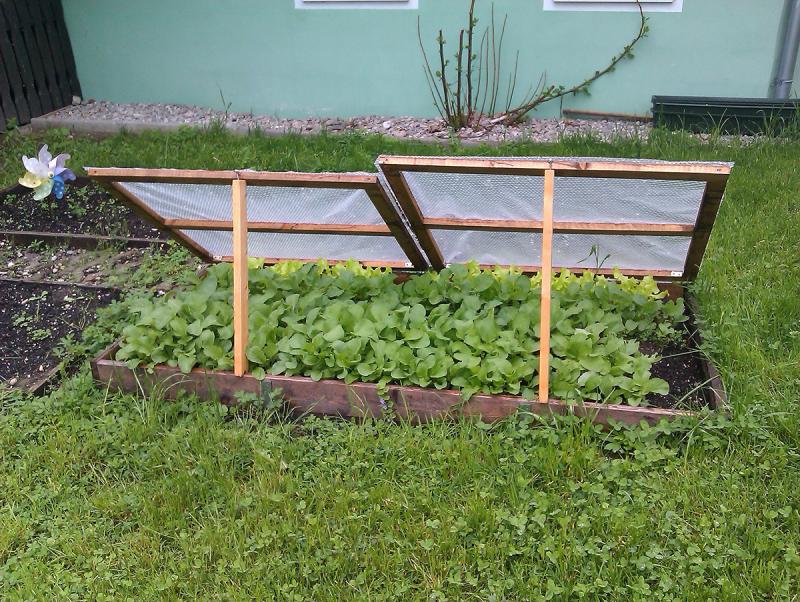
Building a cold frame or hot bed enables urban gardeners and small scale vegetable growers to protect young plants from adverse weather in spring and fall, extending their growing season. They are relatively inexpensive, simple structures that function as mini-greenhouses;
With a growing interest in locally produced foods and many new gardeners experimenting at growing their own food, it's a shame to waste the winter production season. Fall is a great time to build a cold frame or hotbed for use this winter or next spring
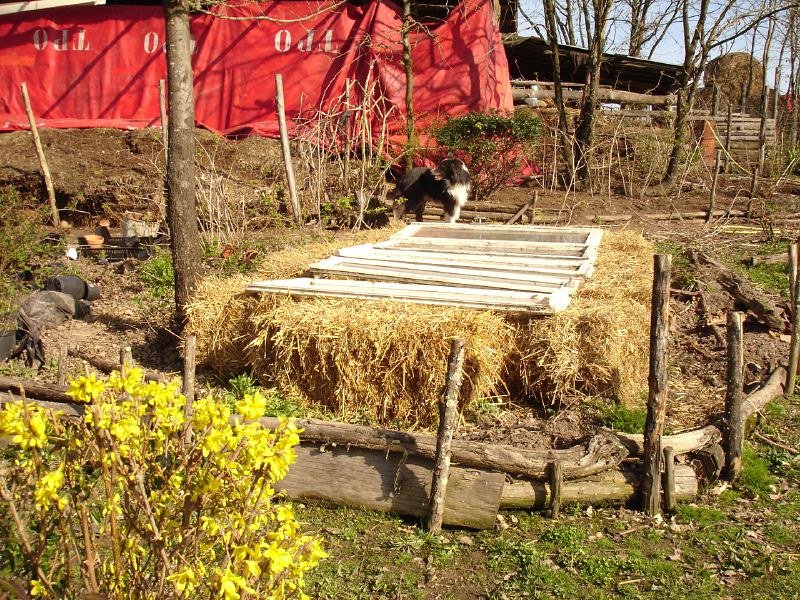 Cold Frames;
Cold Frames;
A cold frame is a simple unheated structure that provides protection for plants from wind, and cold spring or fall temperatures, moderating air temperatures by 5 to 10 degrees or more. Even though the temperature difference is small, there are times when a few degrees can prevent plant death.
It’s a great place to “harden off” seedling plants, which is very important as seedlings may be stunted if they are moved directly from the warmth and protection of a greenhouse to the garden. The cold frame provides a transition period for gradual adjustment to the outdoor weather.
Cold tolerant plants can be started in the cold frame and either transplanted into the garden when the weather warms, or grown to maturity within the frame. What type of crops can be grown during winter in a cold frame?
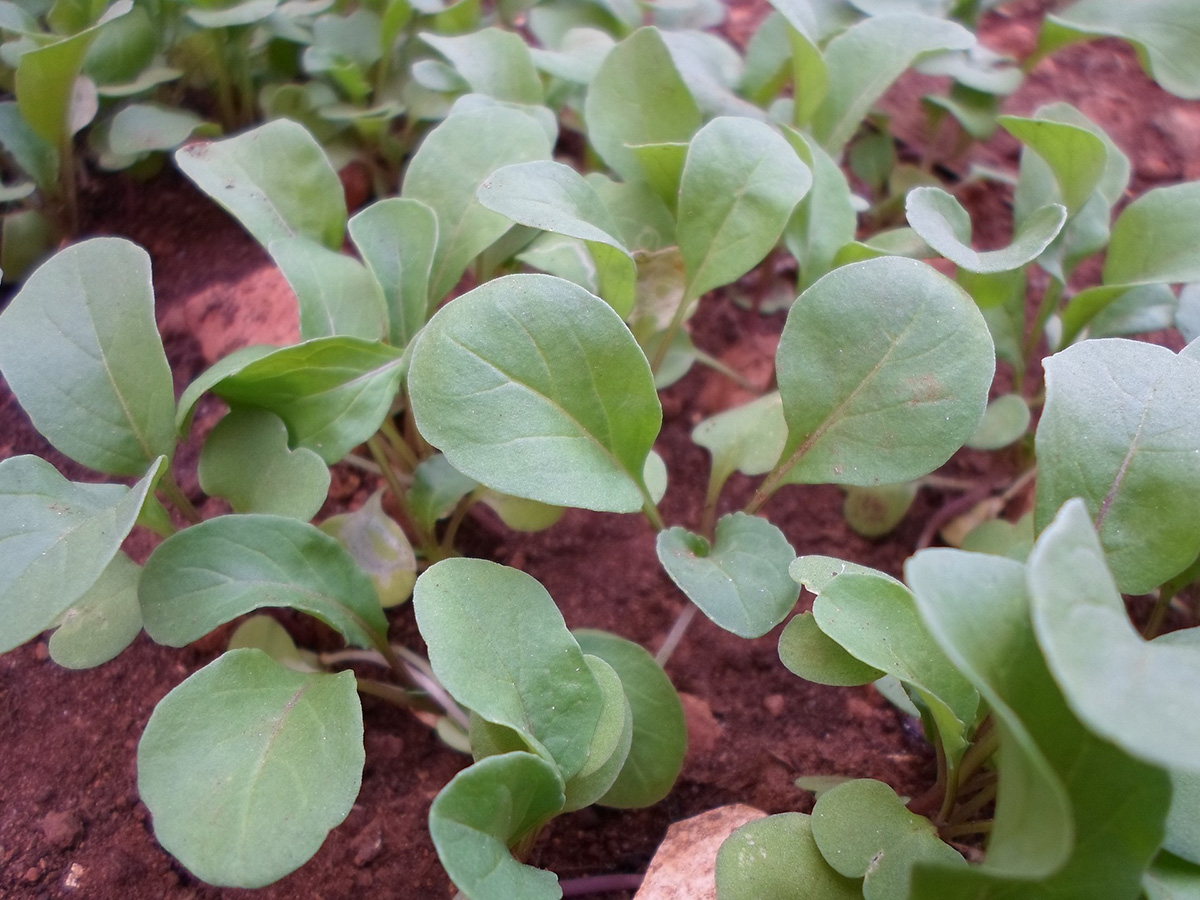 Earlier this year, Gene Gage, avid grower and owner of Heartland Organics, provided this list of vegetables he grows in winter - arugula, beets, bunching onions, carrots, cilantro, claytonia (leaves and tubers are edible), dill, endive, escarole, herbs, kale, kohlrabi, lettuce, mache (type of greens in the honeysuckle family),
Earlier this year, Gene Gage, avid grower and owner of Heartland Organics, provided this list of vegetables he grows in winter - arugula, beets, bunching onions, carrots, cilantro, claytonia (leaves and tubers are edible), dill, endive, escarole, herbs, kale, kohlrabi, lettuce, mache (type of greens in the honeysuckle family),
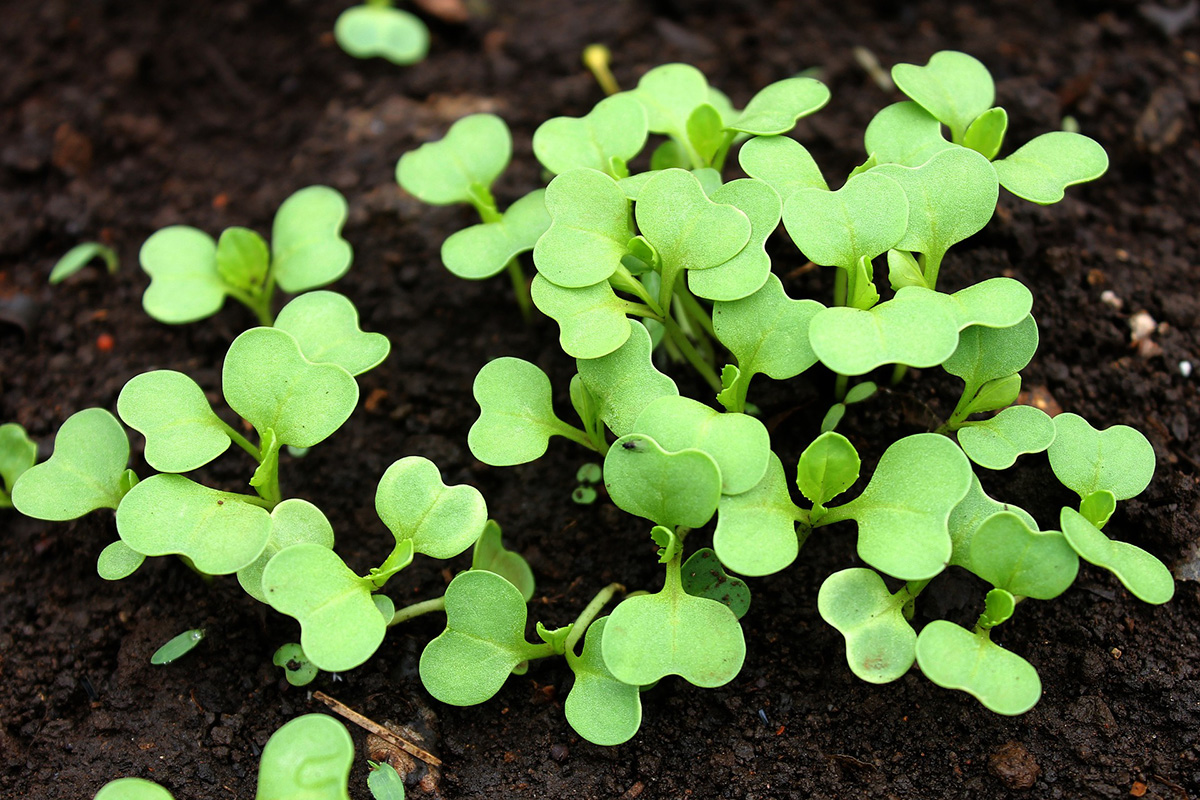 minutina (type of greens in the plantain family), sorrel (type of greens in the buckwheat family), Swiss chard, mizuna (type of mustard greens), pak choi, parsley, radish, spinach, tatsoi (type of greens closely related to bok choy) and turnips.
minutina (type of greens in the plantain family), sorrel (type of greens in the buckwheat family), Swiss chard, mizuna (type of mustard greens), pak choi, parsley, radish, spinach, tatsoi (type of greens closely related to bok choy) and turnips.
The soil in a portion of the bed can be replaced with sand, peat moss, or another suitable soil medium for starting sweet potato slips in spring. It can also be used to overwinter semi-hardy plants, stratify seeds, start root cuttings, and force flowering bulbs.
A cold frame has no supplemental heating source, but is passively heated by the sun. Heat is collected when the sun’s rays penetrate the sash or lid of the structure, which is made of clear plastic, glass, or fiberglass. Often the lid is a repurposed glass door or window(s).
Additional methods for passive heat storage can also be used, such as buckets or jugs painted black and filled with water that absorb heat during the day and release it at night. Other cold frames are built with a very high back and a steep sloping glass lid, insulated very well along the back and sides, and the plants covered with removable insulation at night or during extremely cold weather to provide extra protection.
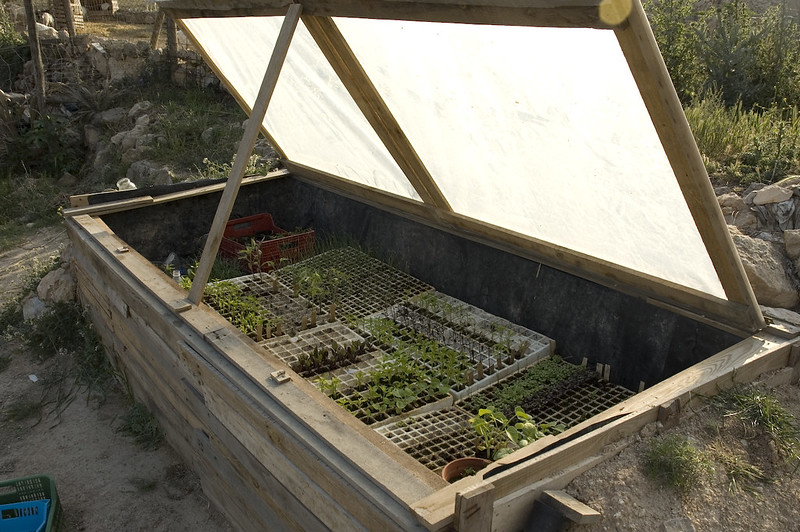 HotbedsA hotbed differs from a cold frame only in that is has a supplemental heating source. Heat is provided most commonly by organic material, such as manure, or by electric heating cables or mats, but steam or hot water pipes can also be used.
HotbedsA hotbed differs from a cold frame only in that is has a supplemental heating source. Heat is provided most commonly by organic material, such as manure, or by electric heating cables or mats, but steam or hot water pipes can also be used.
The advantage of manure as a heat source is its low cost. Disadvantages include cleaning out the used manure and replacing it each year, odors, the inability to precisely regulate the temperature, and food safety concerns related to fresh manure in contact with edible crops. Using manure as a heat source would not be a concern with ornamental plants. Electric heat sources are more expensive to install and operate but are another alternative, and can be reused for several years.
A cold frame can be converted to a hotbed either by adding manure or installing electric heating cables.
- Heating with manure utilizes the energy generated during decomposition of organic matter, similar to what occurs in a well-constructed compost pile. To convert a cold frame, start by digging a pit to a depth of 2 feet (or more if increased drainage is required) and add 18 inches of fresh, straw-filled horse manure. Cover the manure with 6 inches of good soil. Manure will need to be added each spring and fall to gain heating benefits.
- For an electrically heated bed, dig a pit 8 to 9 inches deep then lay down a thermostatically controlled electric cable in 6 to 8 inch wide loops. Evenly space the loops of cable throughout the pit, but never cross it over itself. Cover the cable with 2 inches of sand or soil, and cover the sand or soil with a sheet of hardware cloth to protect the cable. Finally, cover the hardware cloth with 4 to 6 inches of good soil.
Next week, we'll look at the best site for your cold frame or hotbed and how to build it.
Images
- "Quick coldframe, straw bales and old windows", image by hardworkinghippy : La Ferme de Sourrou is licensed under CC BY-SA 2.0.
- Arugula seedlings. Image from Pixabay.com.
- Bok choy seedlings. Image from Pixabay.com
- A coldframe can be used to continuing growing crops later in fall than could be done in a garden. Propping the lid open on warm days allows cooler air to circulate and prevent heat damage to the plants. "coldframe", image by steve.wilson is licensed under CC BY-NC 2.0